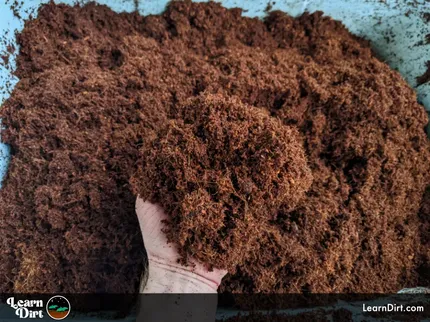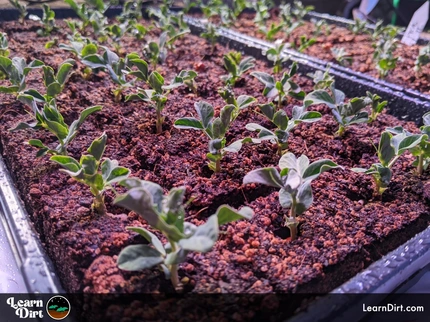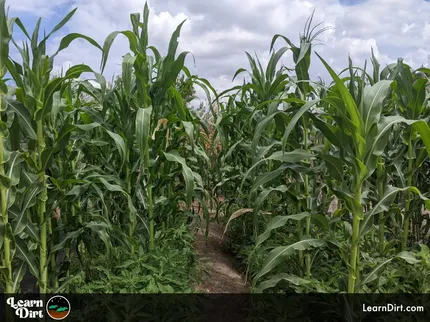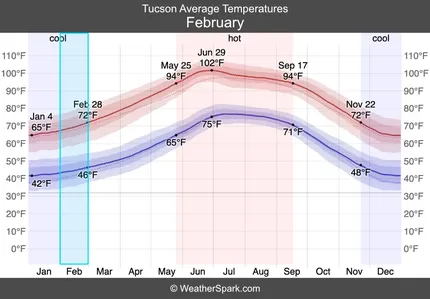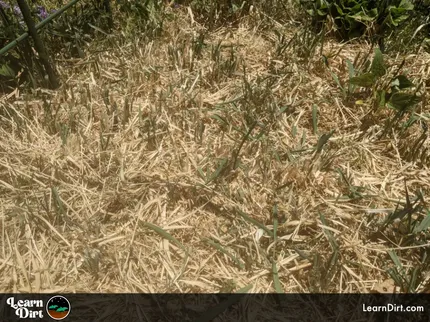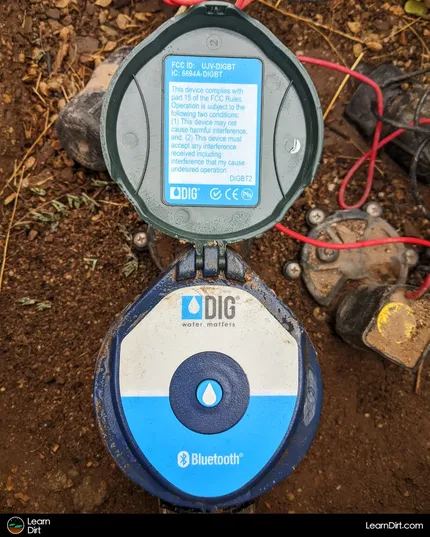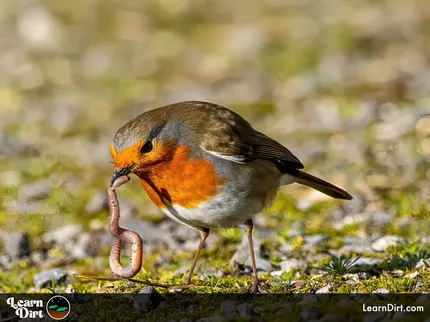Table of Contents
- Why Prune Fruit Trees at All?
- Guidelines for Fruit Tree Pruning Success
- Equipment Needed for Pruning Fruit Trees
- Steps for Pruning Fruit Trees
* Our articles never contain AI-generated slop *
Let's talk about how to prune a fruit tree the right way, and make sure you feel confident doing it.
Pruning fruit trees might be a little intimidating if you're new to it. There are a few simple guidelines you can follow, however, which will lead you in the right direction. So grab your loppers and let's get into the thick of it!

Why Prune Fruit Trees at All?
Given to their own devices, fruit trees just won't really grow in a shape that makes them very accessible for you harvesting fruit from.
Disclaimer: This post may contain affiliate links. Refer to the privacy policy for more information.
They may also grow asymmetrical or lopsided depending on light exposure.
This can be a huge problem when they are weighed down with tons of heavy fruit.
You really want a fruit tree to be well balanced on every side in order to handle the weight of fruit with the least amount of stress.
Fruit trees may also grow redundant branches, or may focus on growing too many new branches on a side of the tree which already has too many. You can redirect the energy and growth to different parts of the tree by pruning to keep it nicely balanced.
You can also prune the tree to a shape that allows much easier access and picking when the time comes.
Guidelines for Fruit Tree Pruning Success
To start, a fruit tree should never have two branches which are crossing and may rub against each other.
Join The Grower's Community
Find your people.
Your voice matters here 🌱
Check It Out!
If you see any branches criss-crossing closely, prune them to prevent rubbing branches.
Sometimes branches are redundant. Maybe a new branch is starting but it will run parallel to an existing branch and far too close. Perhaps two new suckers are right next to each other and would grow parallel. There might be all sorts of cases around the tree where new growth is not desired because existing healthy growth already fills that area.
If you live in a climate without much sun, it's going to be difficult for the sun to permeate into the center of the tree. For this reason, some people choose to hollow out center of their tree like a goblet.
Here in the desert where sunlight is too abundant, the sun is able to permeate even the thickest tree canopy with ease, so a hollowed out center is not usually necessary.
Fruit trees should be pruned to allow you to walk underneath them. After all, you need to maintain them and pick the fruit, so you're going to do a lot of standing underneath that tree. Remove any growth which is pointing straight down towards the ground and preventing you from walking underneath.
Fruit trees should be short enough that you can access the highest fruit. If you have a ladder of sufficient height this might not be a problem. If you happen to own your own cherry picker for some reason, the sky is literally the limit. For us earthbound folk working with a step stool or short a frame, however, keeping a fruit tree shorter is probably a very very good idea if you ever hope to reach that fruit.
Ultimately if your goal is to keep a fruit tree short, but tall enough to be able to walk under, with maximum light absorbing surface area, you end up with a very short very wide tree.
This shape maximizes accessibility and productivity both.
In the end, there are numerous different ways to shape a fruit tree and everyone will have their own preference.
Try not to get too bogged down by what shape is correct. Just remove redundant branches, criss-crossed branches, and keep it short and accessible. Everything more is just aesthetics.
Equipment Needed for Pruning Fruit Trees
Now that you know the basics, let's jump into how to actually get started pruning. Gather up the following materials, and a friend to help stabilize your ladder and take turns pruning.
You can also optionally don a hard hat if you're worried about dropping a heavy branch on your noggin'. This is especially smart if you're trimming very thick branches, while it may be overkill for trimming up smaller trees.
Steps for Pruning Fruit Trees
Consider wearing jeans, boots, and thick long-sleeves for this for some added protection. Dropping branches can be dangerous!
Grab you safety glasses so you don't poke your eye out, your work gloves, and (optionally) your hard hat.
Start at the inside of the tree first, where your trimmings will have the largest impact.
Prop up your ladder, and get a friend to hold it while you climb. You can have them pass your loppers and tree saw up to you once you're in position.
Start by cutting off any big branches which are causing the tree to be unbalanced. Too much weigh on one side can lead to limb loss while fruit is developing, so you're better off cutting these imbalanced branches off before the tree fruits.
Each limb pulls on the tree, so having too many heavy limbs on one side and not enough on another puts a lot of stress on the tree. Remove limbs until your tree is looks and feels balanced. Step back and assess from all sides and angles until it feels like there is equal weight on all sides.
That's all for now, thanks for reading!
If you have any questions, comments, or would like to connect with fellow gardeners, head on over to the forum and post there.

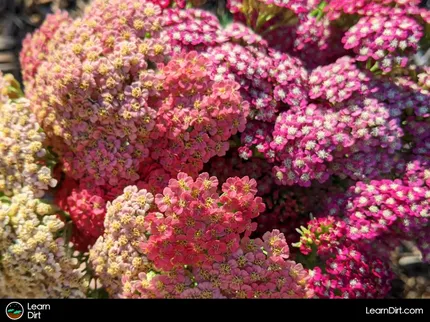
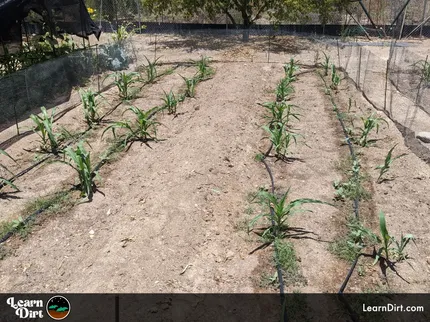
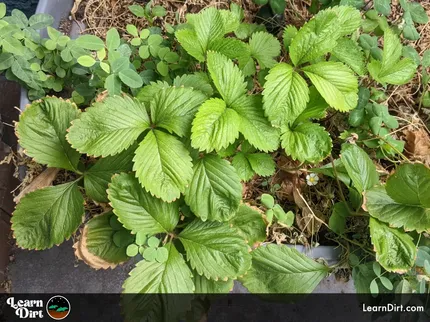




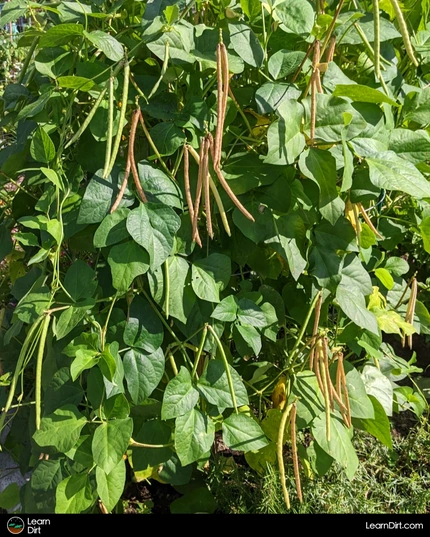


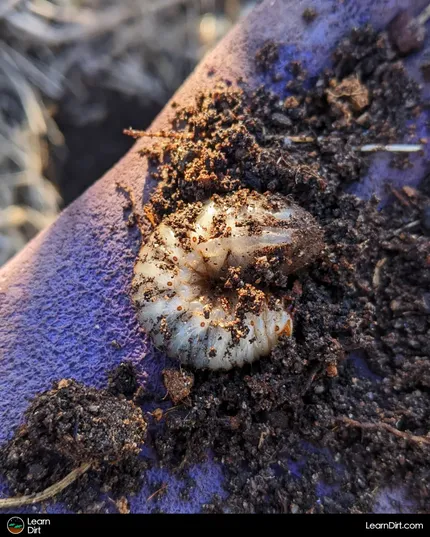
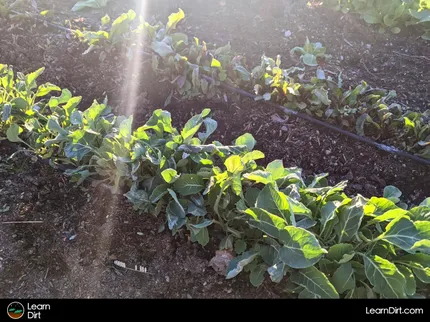



![Black Dirt Live Again [Purple] Sticker](/media/product_images/black-dirt-live-again-[purple]_sticker_260x260.png)


